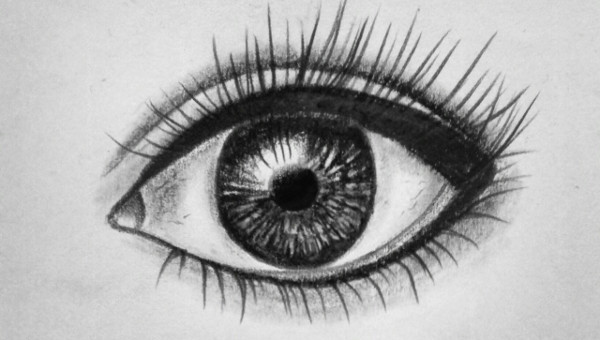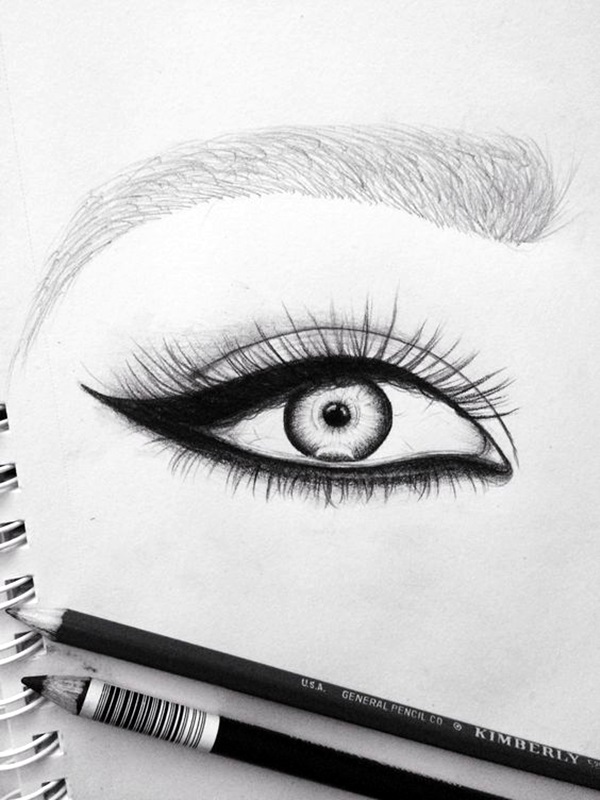Some Sketch Drawing
Today, we're going to talk about sketching. Sketching is a valuable skill that is important for anyone who works in a creative field. Whether you're a painter, a graphic designer, or an architect, the ability to sketch ideas quickly and efficiently is essential to your success.
If you're just starting out, sketching can seem daunting. It's easy to get bogged down in details and lose sight of the bigger picture. That's why it's important to practice and develop a process that works for you.
One technique that many professionals use is quick sketches. These sketches are rough and unfinished, but they allow you to capture the essence of an idea or concept. It's a great way to brainstorm and explore different possibilities without committing too much time or effort.
When it comes to sketching, it's important to have the right tools. A good quality sketchbook and a selection of pencils and pens are a great place to start. You might also want to invest in a digital drawing tablet or stylus if you work digitally.

Now, let's talk about the process of sketching. The first step is to gather your materials and find a quiet, comfortable place to work. Take a deep breath and clear your mind, then start by sketching a basic shape or outline of your idea.
Next, start to add more detail and refine your sketch. This is where the quick sketch technique comes in handy – focus on capturing the key elements of your idea and don't worry about making everything perfect. You can always go back and refine your sketch later.
It's important to take breaks and step back from your sketch from time to time. This will give you a fresh perspective and help you to spot any areas that need improvement. Don't be afraid to make changes and experiment with different approaches.
As you become more comfortable with sketching, you might want to start experimenting with different styles and techniques. Some artists prefer a loose, gestural style, while others prefer a more detailed and technical approach. The most important thing is to find a style that works for you and allows you to communicate your ideas effectively.
How to Create a Quick Sketch
Now that we've covered some of the basics, let's look at how to create a quick sketch in more detail.
Step 1: Gather Your Materials
As we mentioned earlier, a good quality sketchbook and a selection of pencils and pens are a great place to start. You might also want to consider investing in a digital drawing tablet or stylus if you work digitally.
Step 2: Choose Your Subject Matter
The next step is to choose your subject matter. This could be anything from a still life arrangement to a portrait or landscape. Choose something that inspires you and that you're excited to sketch.
Step 3: Sketch a Basic Outline
Start by sketching a basic outline of your subject matter. This will help you to establish the composition and the overall shape of your sketch. Keep your lines light and loose at this stage.
Step 4: Fill in the Details
Next, start to fill in the details of your sketch. Use a variety of line weights and shading techniques to create depth and texture. Don't worry about getting everything perfect – remember, this is a quick sketch!
Step 5: Refine Your Sketch
Take a step back and assess your sketch. Are there any areas that need improvement? Do you need to add more detail or adjust the composition? Make any necessary changes and continue to refine your sketch.
Step 6: Experiment with Different Styles and Techniques
As you become more comfortable with sketching, try experimenting with different styles and techniques. Play around with line weight, shading, and texture to create a unique and personal style.
Tips for Successful Sketching
Now that you know how to create a quick sketch, here are some tips to help you become a successful sketch artist.
1. Practice, practice, practice
Sketching is a skill that takes time and practice to master. Set aside some time each day to sketch and experiment with different techniques.
2. Experiment with Different Materials
Don't be afraid to experiment with different materials and tools. Try out different pencils, pens, and sketchbooks to find what works best for you.
3. Break It Down into Simple Shapes
When you're sketching, try breaking down your subject matter into simple shapes. This will help you to establish the overall shape and composition of your sketch.
4. Observe Your Surroundings
Observation is key when it comes to sketching. Take the time to observe your surroundings and study the world around you. This will help you to develop an eye for detail and a sense of perspective.
5. Don't Be Afraid to Make Mistakes
Remember, sketching is all about experimenting and exploring different possibilities. Don't be afraid to make mistakes and try new things.
6. Keep It Loose and Gestural
One of the benefits of quick sketching is that it allows you to capture the essence of an idea or concept. Don't worry about making everything perfect – keep your lines loose and gestural to capture the energy and emotion of your subject matter.
7. Develop Your Own Style
As you become more comfortable with sketching, start to develop your own style. Experiment with different techniques and find what works for you.
8. Don't Be Too Hard on Yourself
Finally, remember that sketching is a journey. It's important to be patient and kind to yourself as you develop your skills. With practice and perseverance, you'll get there!
Sketching is a valuable skill that can help you to communicate your ideas and explore new possibilities. Whether you're a beginner or an experienced artist, there's always room to learn and grow. So grab your sketchbook and start exploring!



Post a Comment for "Some Sketch Drawing"